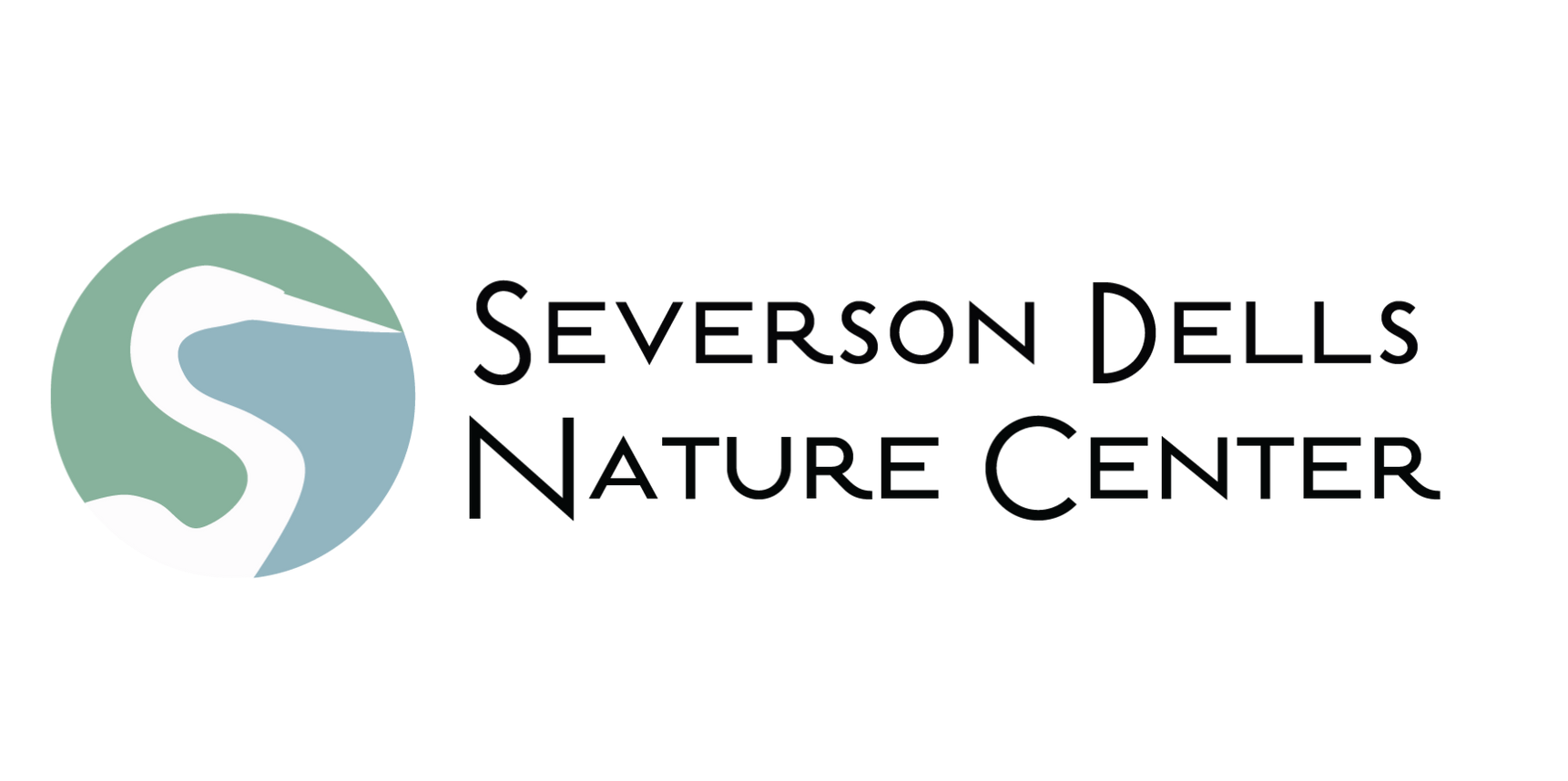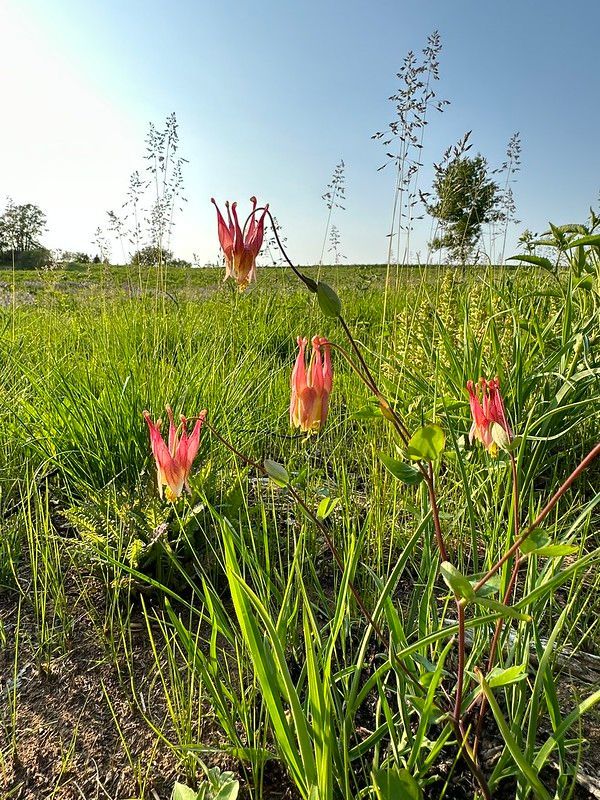FIELD NOTES BLOG
Third Places: Bringing Back Social Connection
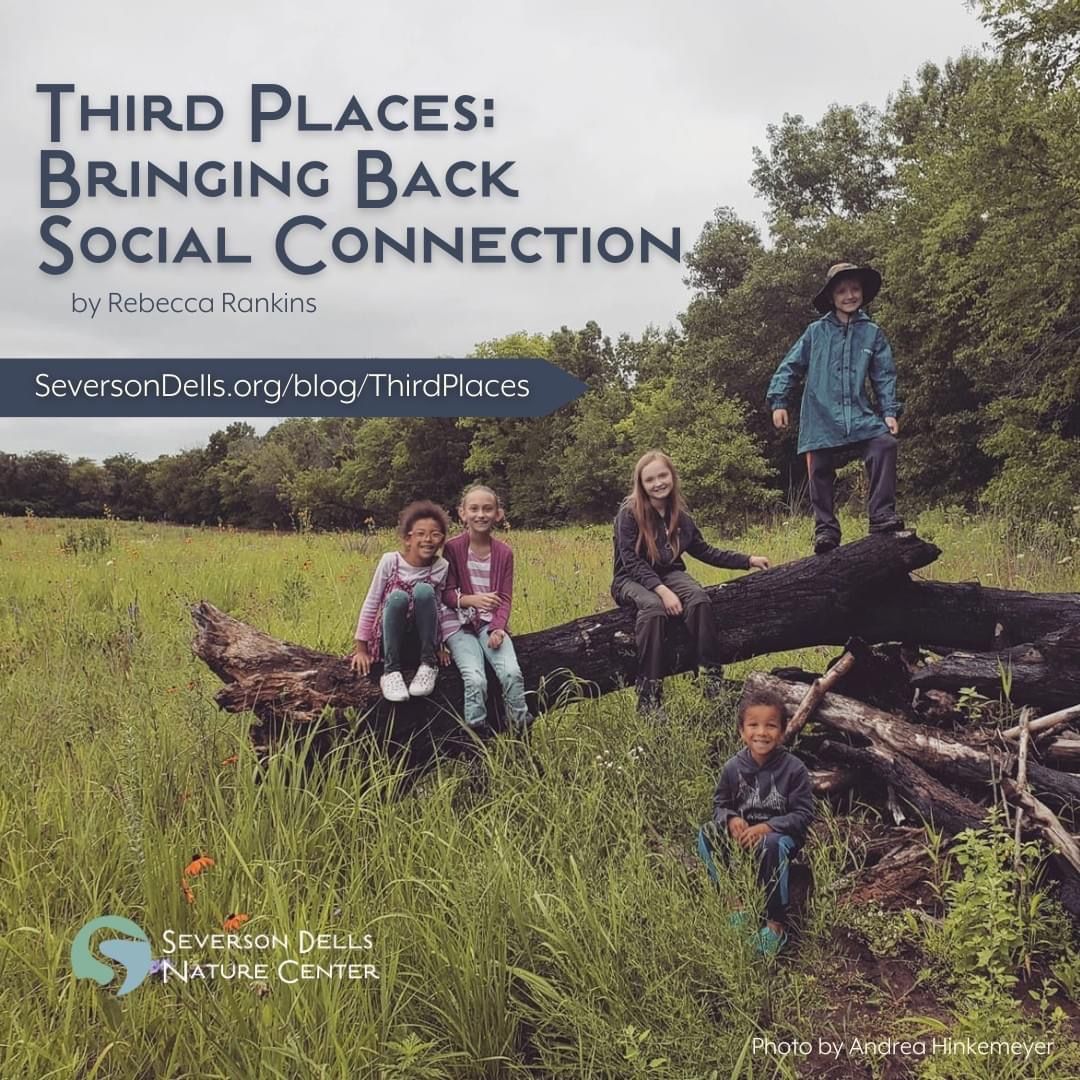
It is inherently human to socialize. Really, it’s inherent to many animals to socialize. However, over the last few years, humans have become increasingly isolated in America. Some say this is due to the rise in online communities; others believe that this is due to the shift in American work weeks. Either way, there is an increase in “loneliness.”
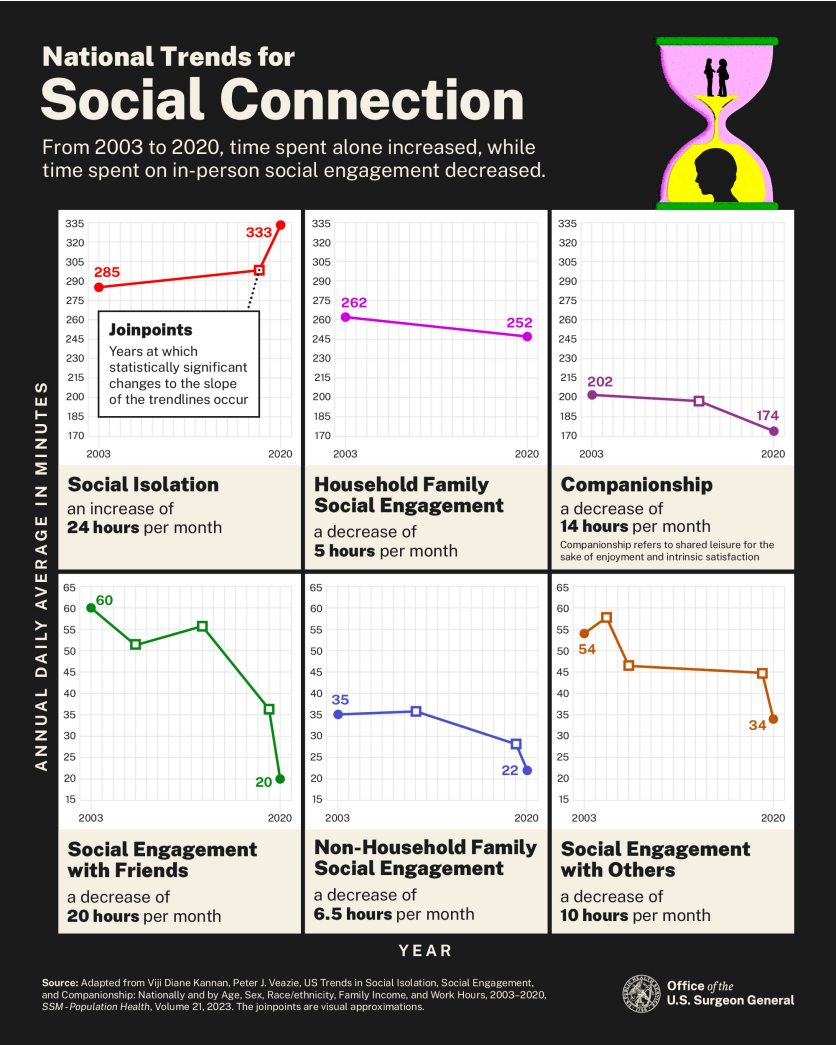
In fact, the US Surgeon General released a report in 2023 on Our Epidemic of Loneliness and Isolation detailing the decrease in social connection and the impact this plays on health, well-being, and community resilience. The last 20 years have seen a significant decrease in social connection (see above graphic).
Further, the report goes on to detail the benefits of social connection, such as higher levels of social connection correlating to better physical health when assessing cardiovascular health, rates of diabetes, cognitive function, and depression & anxiety. When we have social connection, we tend to be less stressed, find more meaning or purpose, are more likely to be more physically active, all of which contribute to better physical health.
So how do we regain our social connection?
Third Places.
Most of us have a ‘first place’ in our homes, and a ‘second place’ in our work, but what about outside of that? Ray Oldenburg coined the term ‘third place’ to describe the place where we build community. Third places are where we build social connection, and in turn improve our health and the vitality of our community.
With the rise of isolation, it may seem like our eagerness to seek out third places has decreased, and this may be true. A third place might’ve been a local grocery store or hardware store down the street owned by our neighbors. We were able to stop in the aisles to get all of the town gossip and connect with our community members. However, now we have big box stores that have everything we need in one place and are usually owned and operated by strangers to us. Or, we can order anything we need with a click on our phone. We lose that social connection.

Americans are also spending more time in their ‘second places’: work, which leaves less time for their ‘third places’. Americans who are employed full time work an average of
8.61 hours
a day and commute an average of
55.2 minutes
a day. The American standard work week is
assumed to be 40 hours, which is
comparable to many similar countries
. However, in the United States, there is
no statutory limit
on the amount of overtime hours you’re allowed to work, nor any
federal requirement
for paid vacation leave. Compare that to France who offer
36 total paid days
between statutory paid days and public holidays, the United Kingdom with
28 days
, and Germany with
29 days
. Between the amount of hours worked by Americans, the steep amount of commuting, the lack of limit on overtime, and no federal requirement for paid leave, the amount of time dedicated to a third place is drastically decreasing. It’s no wonder Americans are being plagued by loneliness.
How do we fix this? Apart from some grand culture shift into refocusing on third places in America, a great place to start is to consider how third places can be integrated into things you’re already doing. I know we may be a bit biased here, but here are some examples on how to integrate outdoor spaces, parks, and preserves back into your lives as a third place:
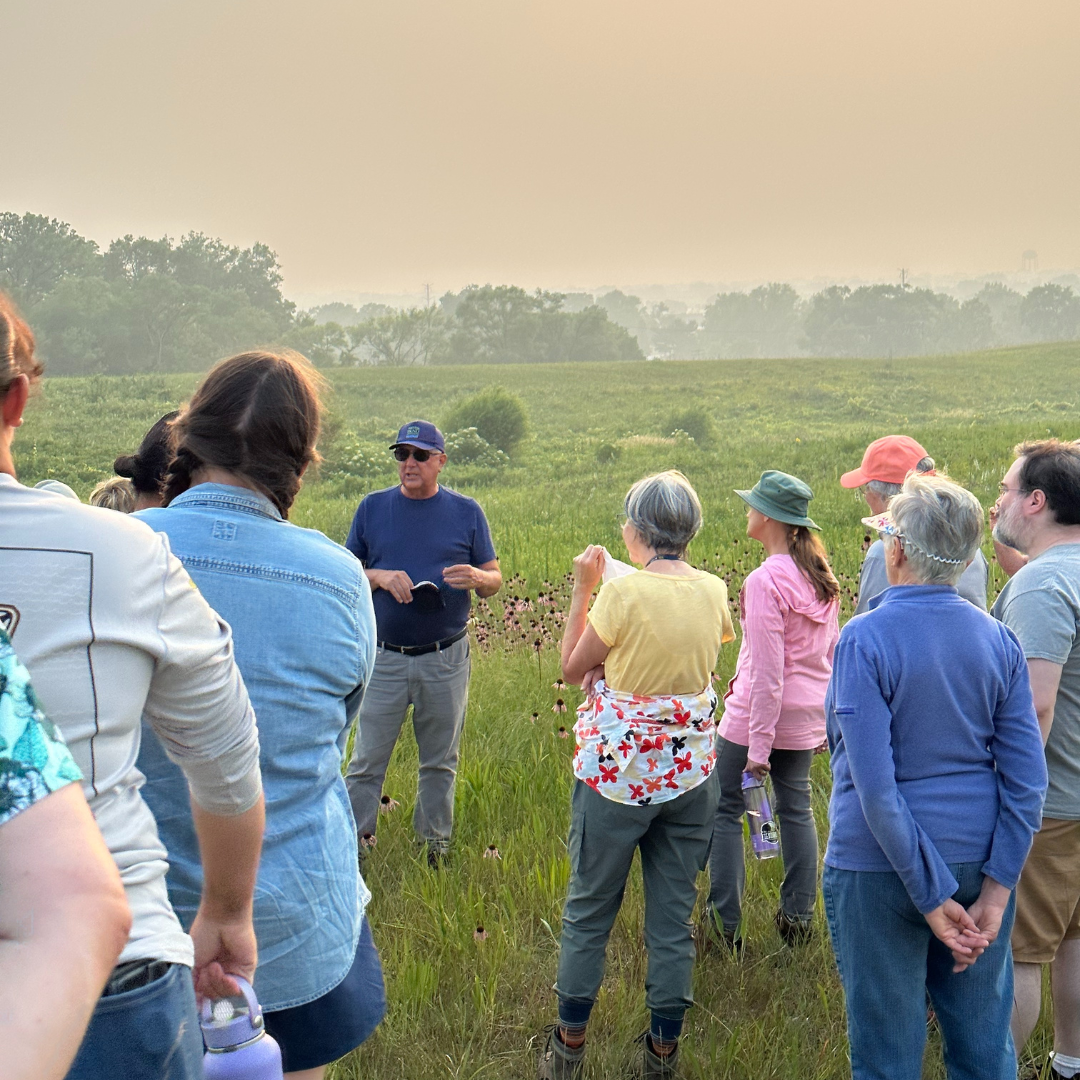
- Attend an evening event
- Most events hosted at Severson Dells Nature Center are held after 6pm. We’re just a few minutes off the highway. Stop over on your nightly commute home to join a group for a Full Moon Hike. Or, join us in town this spring at Lucha Cantina for our Snackin’ on Science events. Either way, you’ll get an opportunity to engage with your community and build up your third place.
- Make family time, community time
- Spending quality time with your family is essential for a healthy balance within your first place. Who’s to say you can’t spend family time in the community? Take your family for a walk along a trail or go bird-watching. Or, bring your family to weekend events in the community, such as Science Saturdays, Family Shelter Building, Family Tracking, or many more weekend programs.
- Advocate for nature in your community
- Local parks within walking distance of your first or second places help to build a third place. A common space where communities can come together to relax and build camaraderie contribute to the vitality of those communities. Unfortunately, this is not common in much of the United States. Advocating to our local representatives to invest more in green spaces instead of new ‘second places’ such as factories or office buildings, will make a difference in helping address our society’s lack of accessible third places.
- Help us help you
- We’re working on bringing more opportunities to our community offering a third place. This includes more programming, both here at Severson Dells and a little closer to the city center. We welcome any feedback on programs we should integrate into our schedules or new opportunities we should explore! Plus, we have our own little community of our own: Friends of Severson Dells, which is a membership program for those who view Severson as their ‘third place.’ Learn more about memberships here.
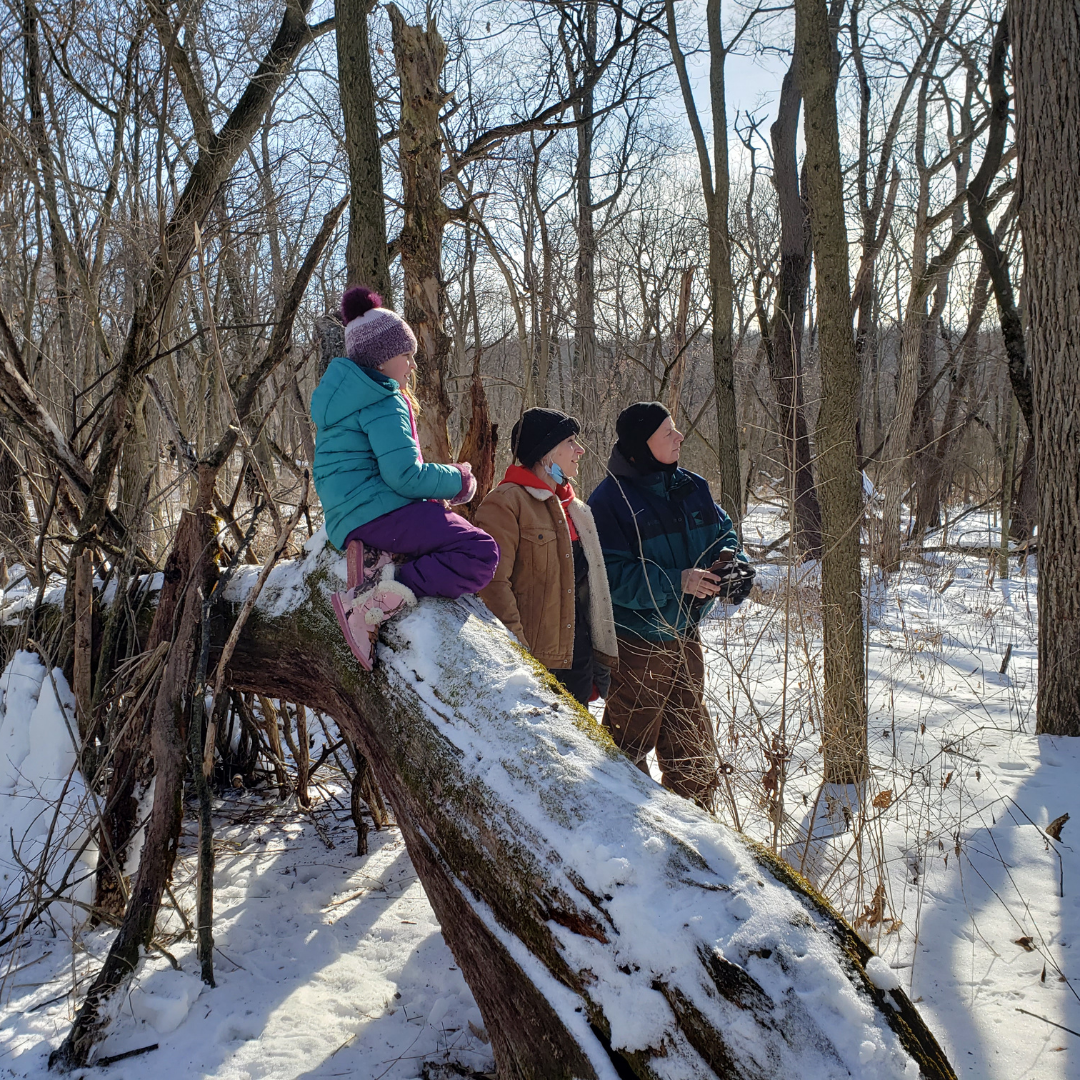
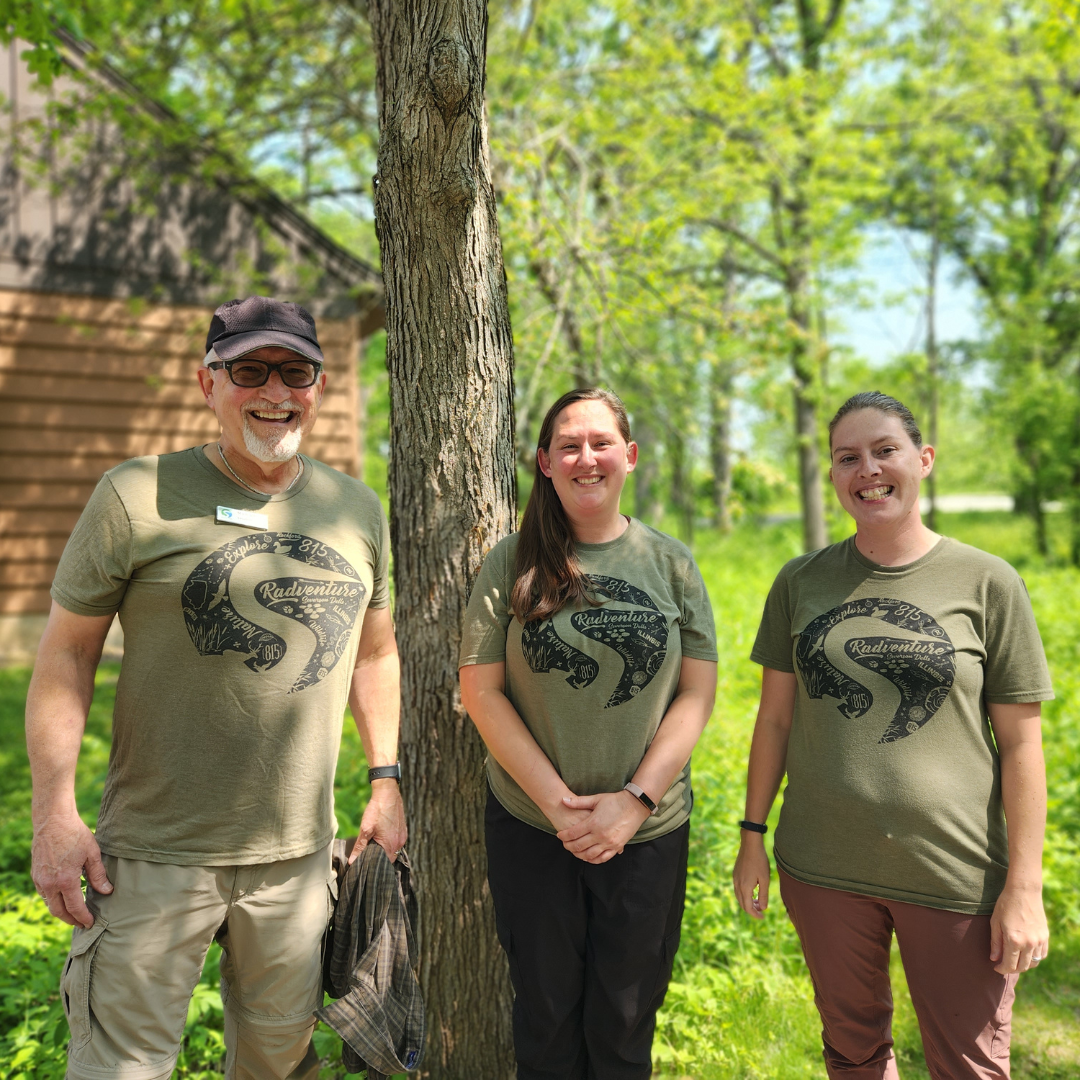
For the health of our community and ourselves, third places need to make a return back into American society. A great place to start is spaces like Severson Dells.

RECENT ARTICLES
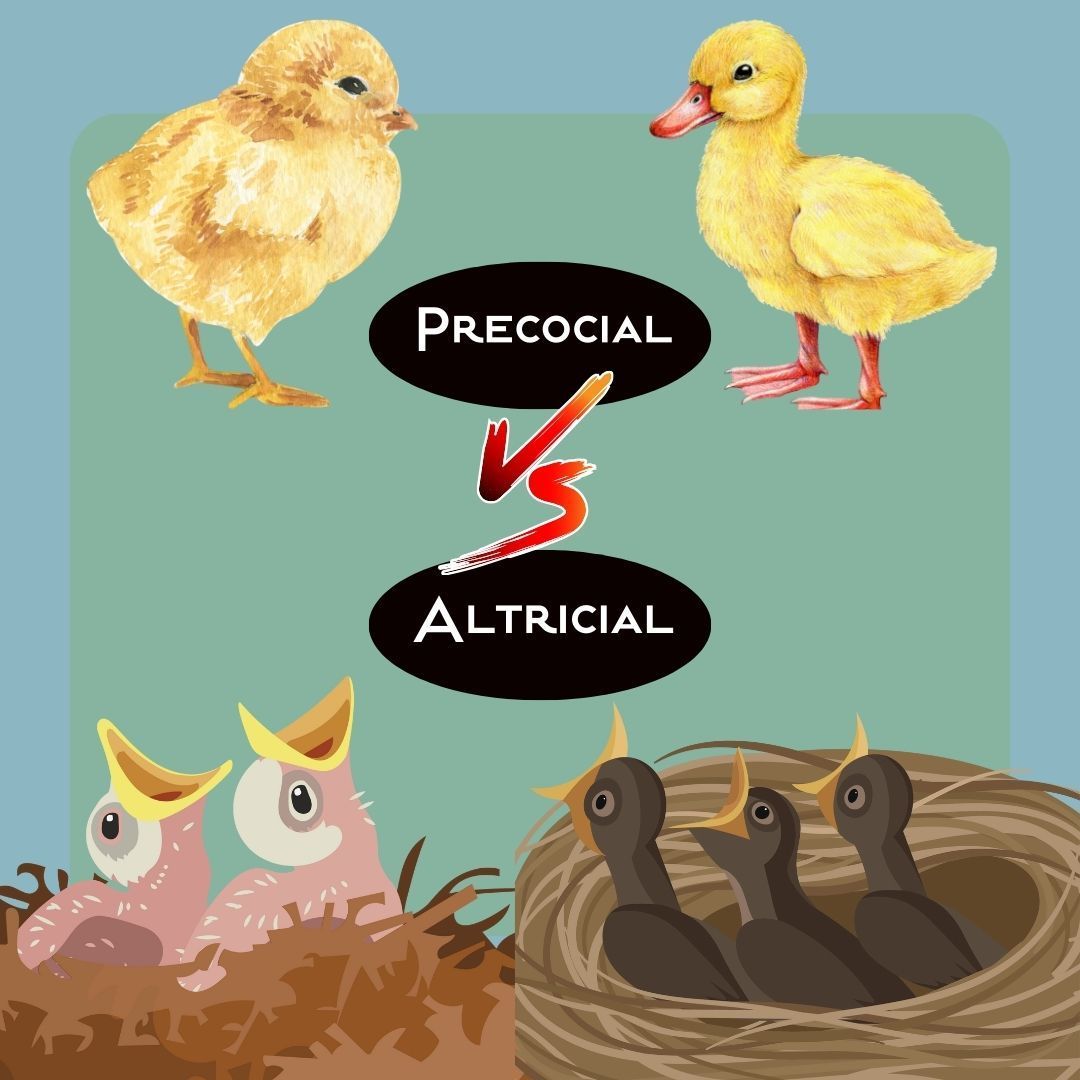
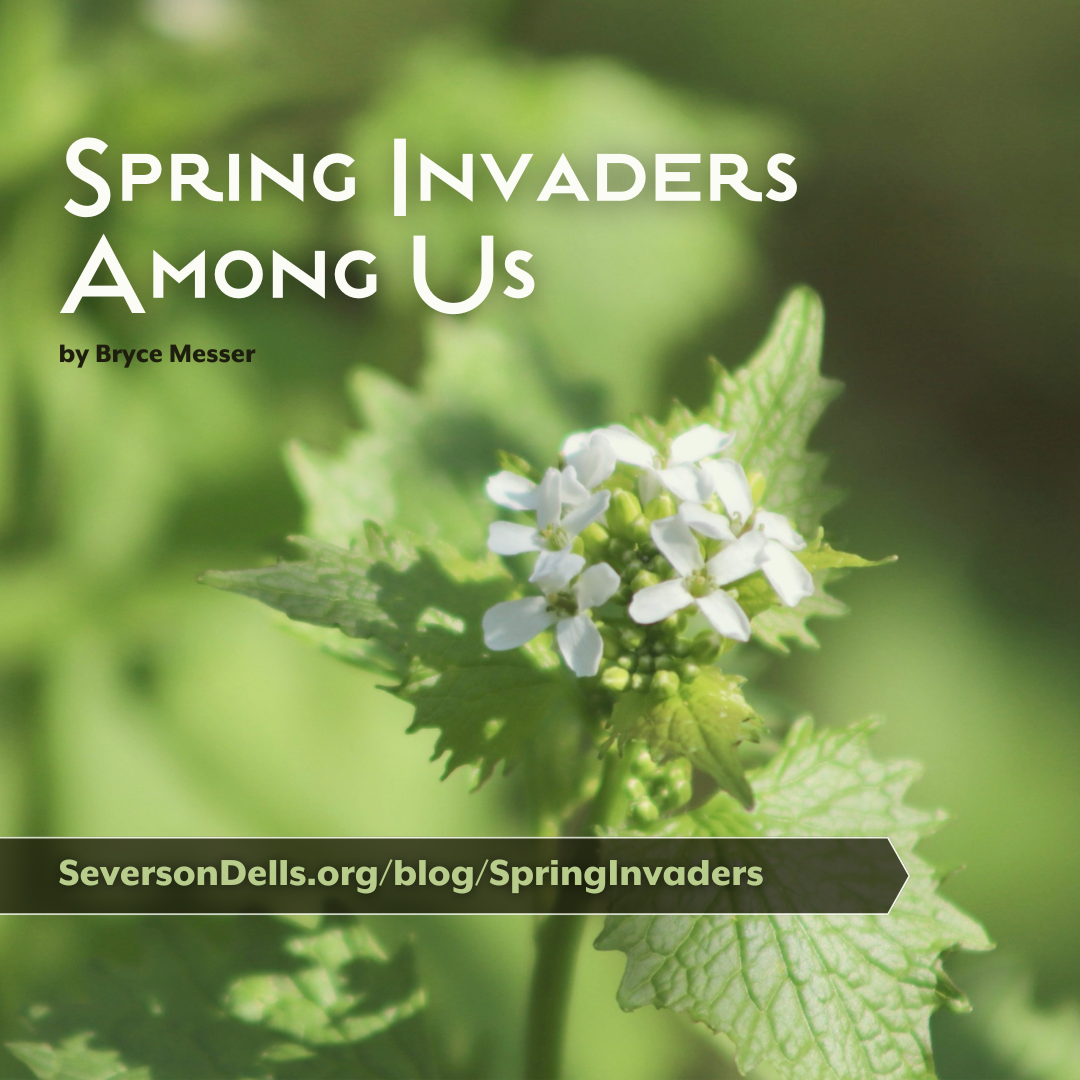
Our Mission: To link people to nature through education and research, in the northern Illinois and southern Wisconsin area. We promote awareness of the natural world, fostering respect, enjoyment, and preservation now and in the future.
Contact us
8786 Montague Rd.
Rockford, IL 61102
Business Hours
- Mon - Sat
- -
- Sunday
- Closed
The Grove Nature Playscape and the trails
are open from sunrise to sunset.
Website Navigation
Business Sponsors

Slide title
Write your caption hereButton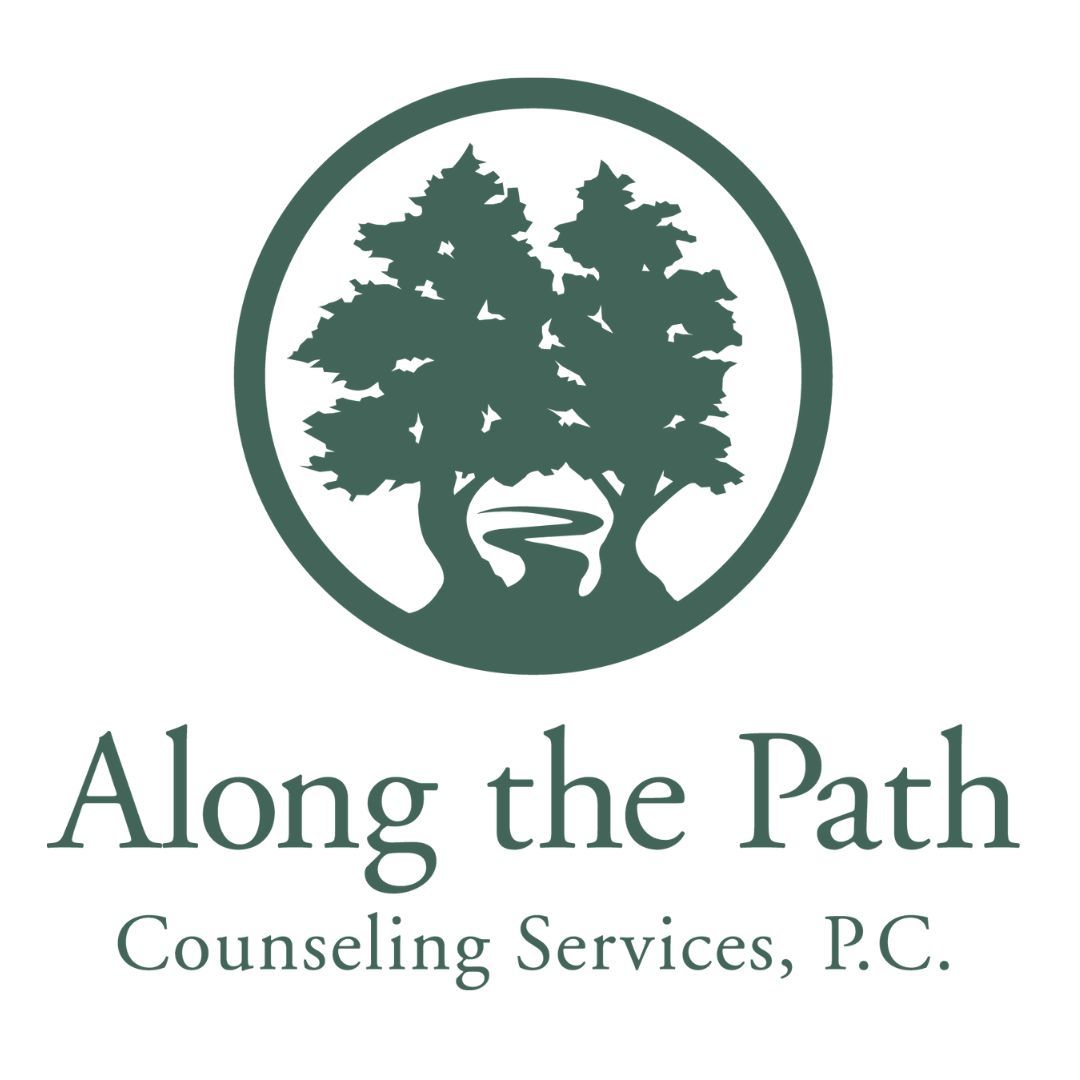
Slide title
Write your caption hereButton
Slide title
Write your caption hereButton
Slide title
Write your caption hereButton
Slide title
Write your caption hereButton
Slide title
Write your caption hereButton
Slide title
Write your caption hereButton
Slide title
Write your caption hereButton
Slide title
Write your caption hereButton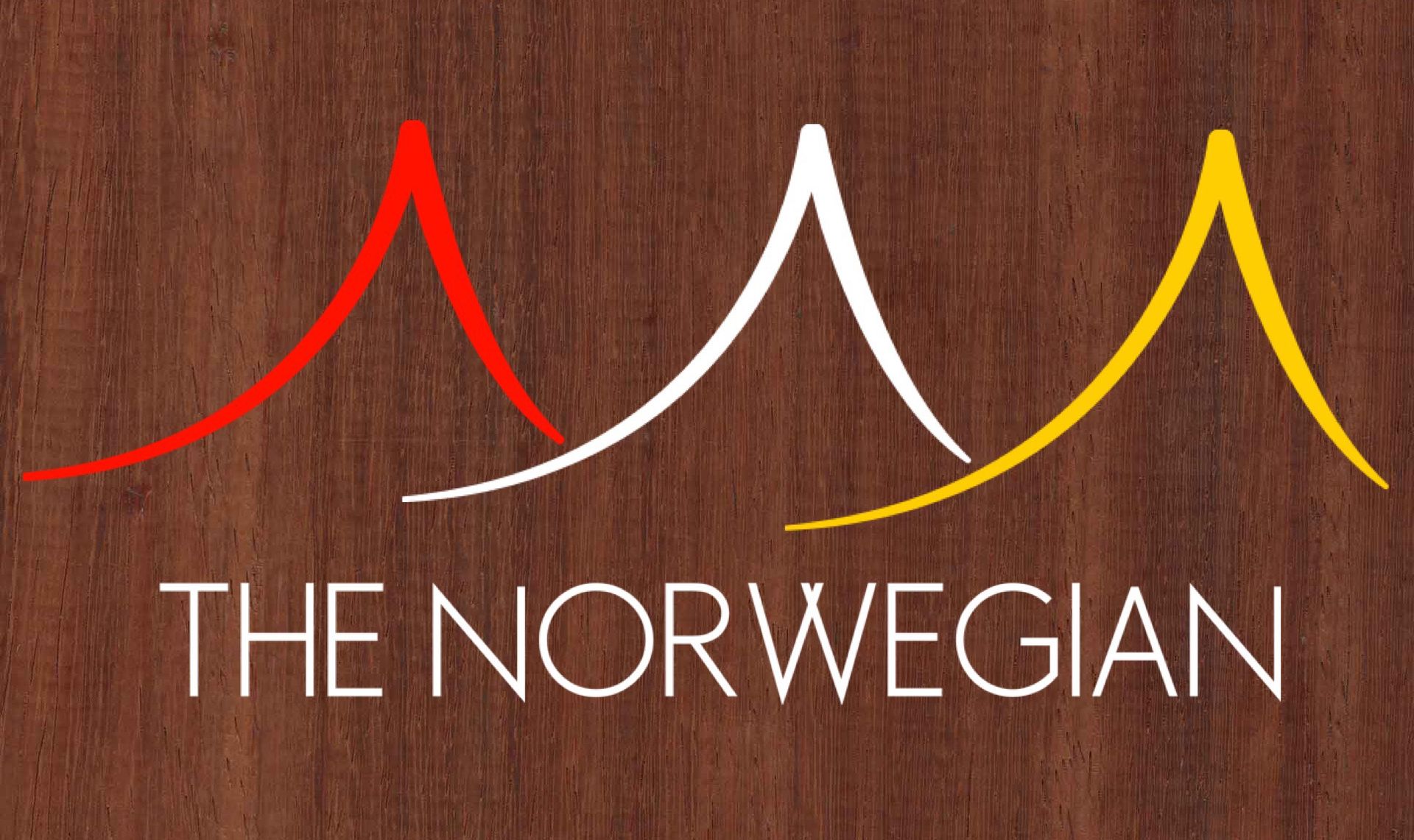
Slide title
Write your caption hereButton
Slide title
Write your caption hereButton
Slide title
Write your caption hereButton
Slide title
Write your caption hereButton
Slide title
Write your caption hereButton
Slide title
Write your caption hereButton
Slide title
Write your caption hereButton
Slide title
Write your caption hereButton
Slide title
Write your caption hereButton
Slide title
Write your caption hereButton
Slide title
Write your caption hereButton
Slide title
Write your caption hereButton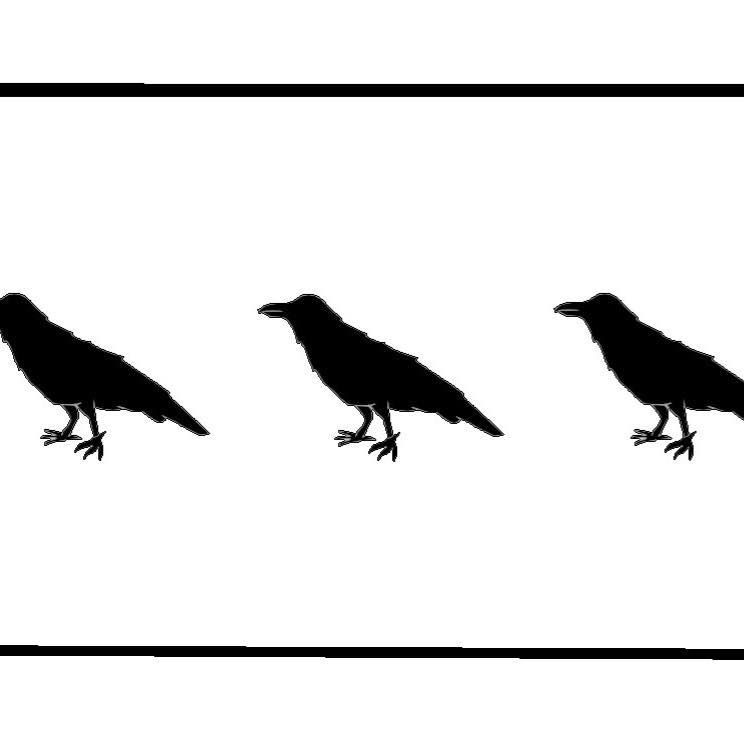
Slide title
Write your caption hereButton
Slide title
Write your caption hereButton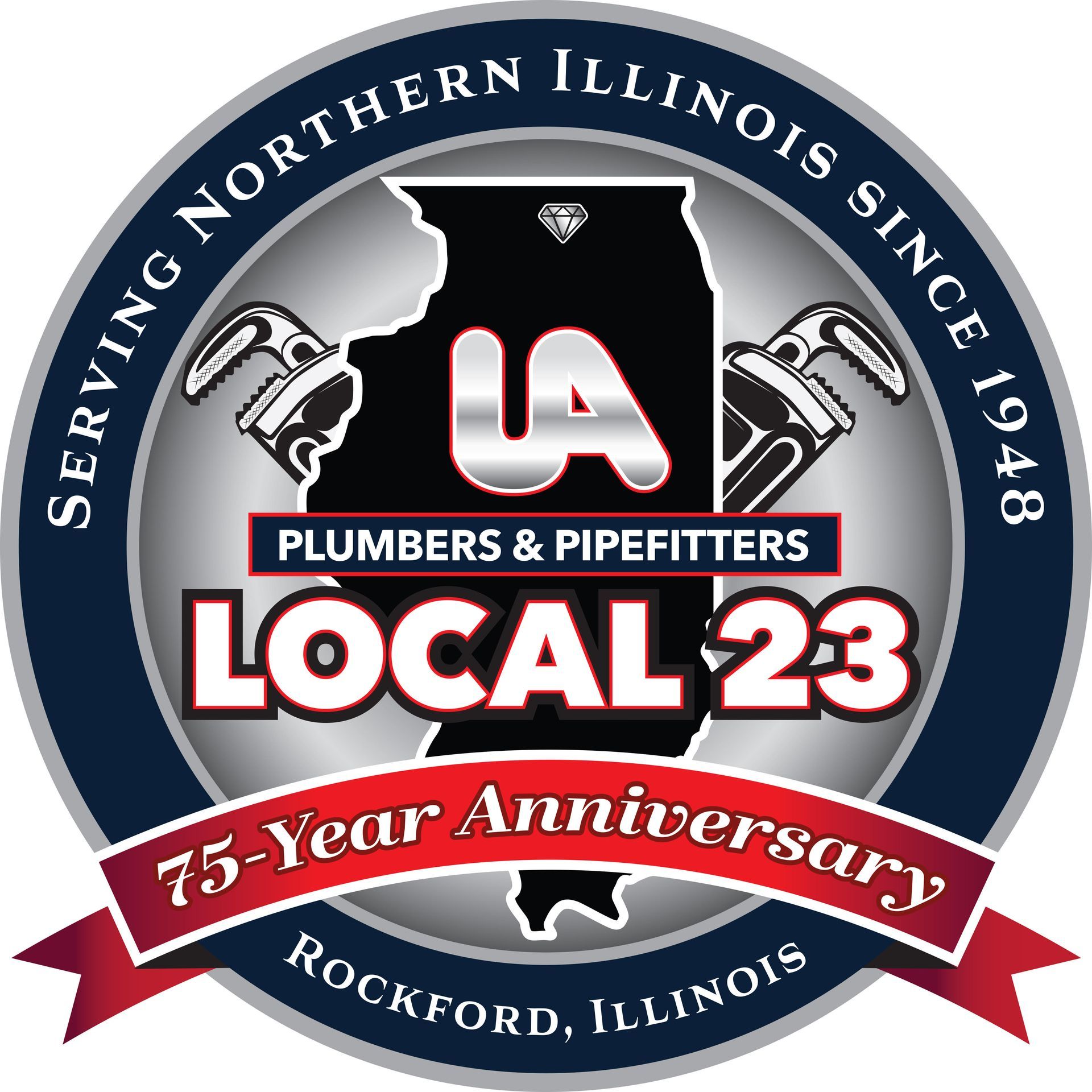
Slide title
Write your caption hereButton
Slide title
Write your caption hereButton
Slide title
Write your caption hereButton
Slide title
Write your caption hereButton
©2023 | All Rights Reserved | Severson Dells Nature Center
Website powered by Neon One
